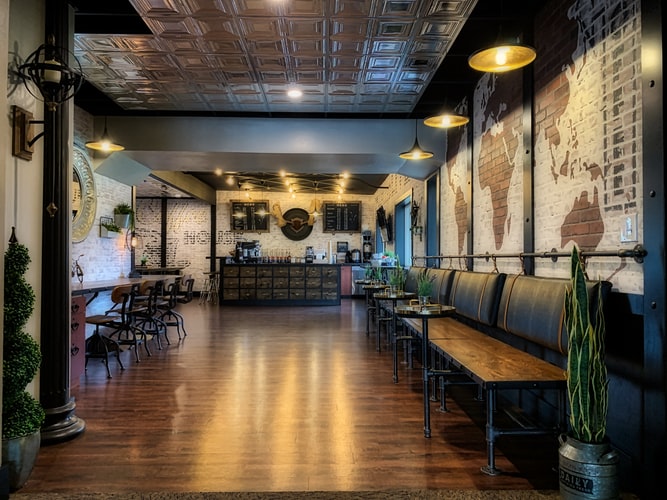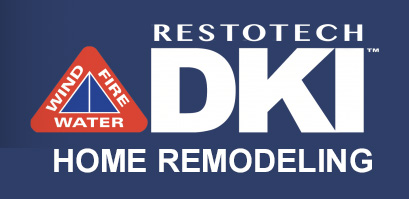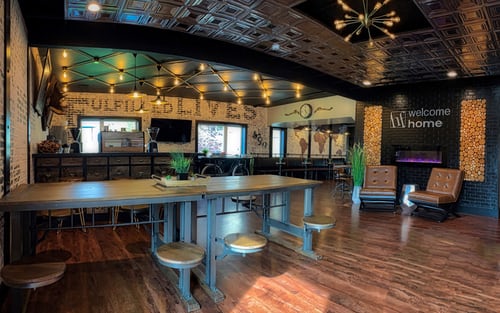Like all great inventions, vinyl was discovered accidentally by a rubber scientist, Dr. Waldo Semon, in the early 1920s. PVC or polyvinyl chloride was first commercially used as a shock absorber seal in the 1930s. Insulated wire, raincoats, and shower curtains hit the market with these PVC-based products. As new formulations further expanded the material’s physical properties, vinyl’s capabilities continued to diversify and opened new markets.

Vinyl flooring has largely replaced linoleum as floor covering until after World War 2 because of the scarcity of vinyl during the war years. When vinyl flooring came about in the 1940s, it quickly challenged its competitors. Vinyl has similar properties with linoleum, but vinyl has greater brightness and translucency and is relatively less flammable. Vinyl’s low cost, versatility, and performance make it the material of choice for dozens of industries. Vinyl flooring was originally used only in high-traffic areas. Today, vinyl flooring is second only to carpet in floor covering sales and eventually became the most popular choice for flooring in just about any hard-surface application.
Manufacturers use modern printing technology to produce myriads of design, patterns, colors, and styles for theirs. The primary element in vinyl flooring is a simple vinyl sheet called homogeneous because the material and any decorative elements are the same from top to bottom. Vinyl flooring comes in tile and sheet form. Vinyl tiles are a little easier to install than sheet forms that’s why it’s a common choice for do-it-yourself projects. But the pattern selection is more limited. Sheet flooring is practical, durable, and often an attractive choice for high-traffic areas. They are available in many different shades and patterns like wood patterns, slate-tile look, stone, marble, and many others.
Typically, people shopping for vinyl flooring are covering wet areas like kitchen, bathroom, laundry room or the mudroom. The dining room and family room vinyl flooring application may come together with other adjacent areas in the house. In some cases, vinyl floors can be glued directly to old vinyl, ceramic tile and wood floors.
It is known for resisting scuffs, scrapes, and stains. Yet, the main word of caution about vinyl flooring adhesives is to use the same brand of glue for the same brand of flooring. Vinyl is also popular for being abrasion and moisture resistant, has excellent fire performance properties, comes from salt, is a renewable resource and can be recycled, and most especially, easy to clean and maintain. There is a variety of vinyl flooring materials on the market today, along with a range of techniques used to install them.
Major vinyl brands include: ARMSTRONG, MANNINGTON, CONGOLEUM, TARKETT, and DOMCO.
What people like about most in it, is that it can be made to look like almost any other material, thanks to modern printing technology and layered heterogeneous construction. All designs and patterns are made possible.

